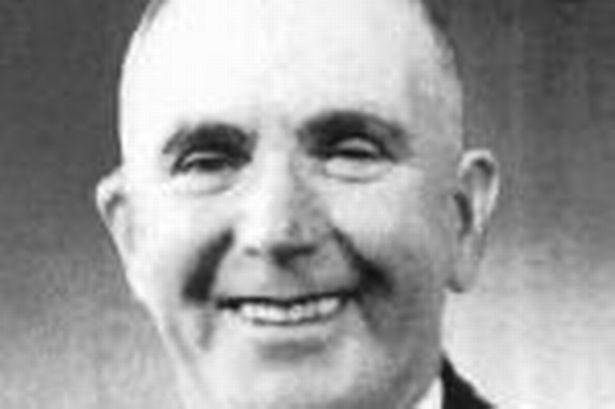The Man who Killed Hundreds of People and was Never Charged
Throughout the government knew and sanctioned the kills
Many of us have jobs we don’t always like. We work to survive, with no love for our job. This was not the same for Albert Pierrepoint. He saw his job as his true call…


